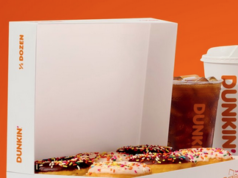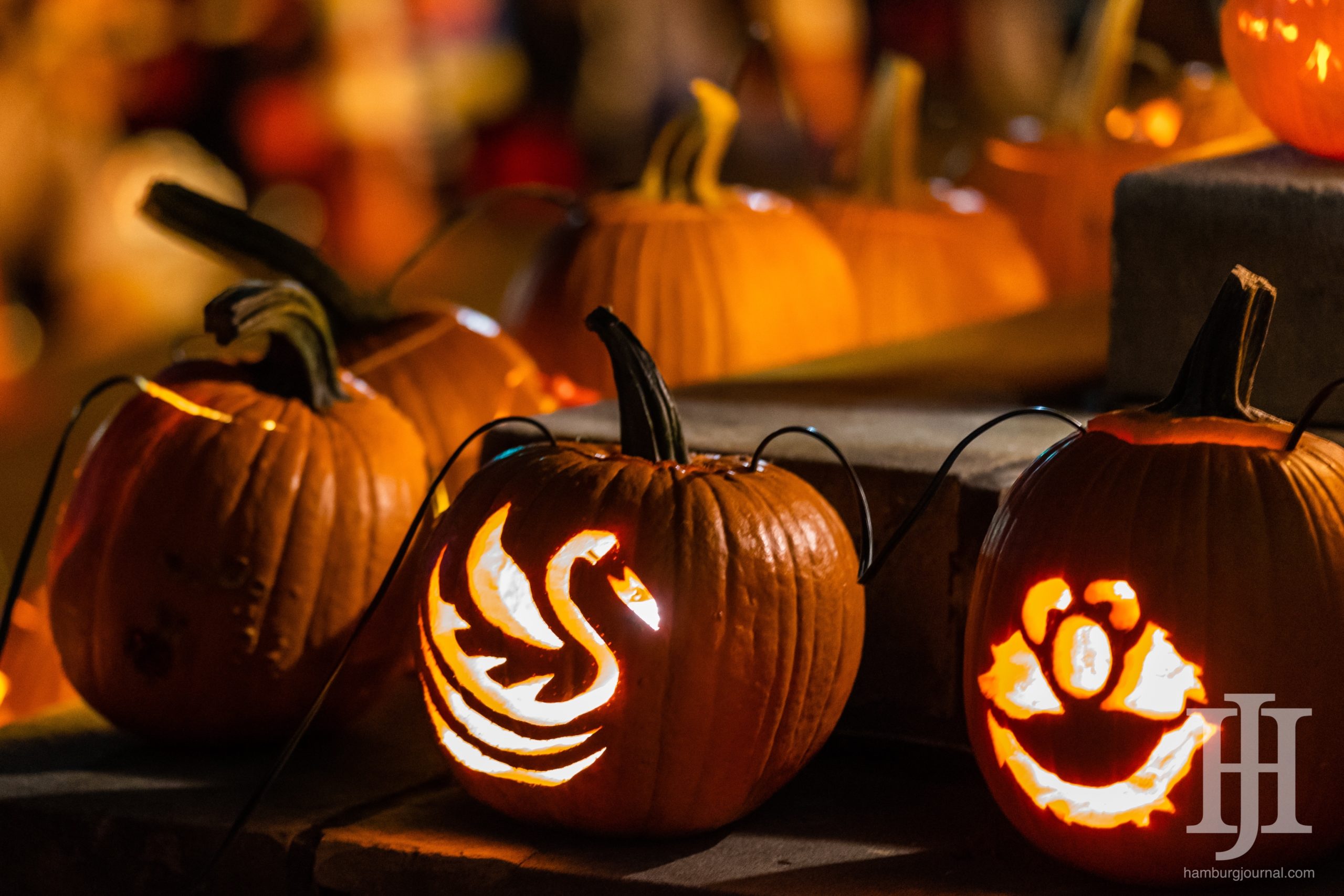PROOF
By Tom Yates
Buffalo Trace Distillery, nestled on the banks of the Kentucky River in Frankfort, is the oldest continuously operating distillery in the United States. Buffalo Trace (known then as the George T. Skagg Distillery) remained operational during the era of prohibition. Buffalo trace was one of four distilleries issued permits to bottle bourbon for medicinal purposes. According to a Chicago Tribune columnist who took the same Buffalo Trace tour, “some six million prescriptions for medicinal whiskey were filled during Prohibition…And when Prohibition was canceled, Kentucky was the healthiest state in the Union.”

I had few expectations when I joined other professionals on a bitterly cold morning for a private industry tour of Buffalo Trace Distillery. Simply along for the ride, I knew there would be bourbon, bourbon barrels, and bourbon bottles. Other than that, I was game for anything. Blinded by the snow-covered grounds and brilliant blue sky, I guess I expected pretty things. Shiny stills.
After a brief introduction in the George T. Skagg Gallery & Gift shop, we broke off into smaller groups for a composite tour that included snippets of the The Trace Tour, Bourbon Barrel Tour, National Historic Landmark Tour, and The Hard Hat Tour. We started the day poking around a 130 year old brick and stone warehouse. Warehouse C, one of the earliest remaining intact.
Examples of “continuous rack warehouses,” stores nearly 24,000 bourbon-filled charred white oak barrels in a rigid grid of wooden racks that extend uninterrupted from top to bottom in the warehouse. The aging process is determined by where the barrels are stored. They age quicker at the top of the warehouse where they’re exposed to more temperature variables. The really good stuff (23 year old Pappy Van Winkle, for example) takes longer to age on the first floor.
After a quick stop in the barrel inspection warehouse, we slid over a few icy roads to watch workers hand bottle and label premium bourbons in the Blanton’s Bottling Hall. The building, built in 1890 as a boiler room, was the original power and heat source for the distillery. It’s now used to bottle their premium bourbons.

*Side note. Apparently, there’s no rhyme or reason for the selection of the famed corks used to seal Blanton bottles. Who knew? They’re randomly pulled from a box and carefully plugged onto the bottles. Sealed.
Everything about the adventure was fascinating. Although I was merely along for the ride, I was captivated, mesmerized, and bourbonized.
Halfway through the tour, we made our way to the Elmer T. Lee Clubhouse for a catered lunch and bourbon tasting. Warmed by lunch, a roaring fire, and teeny tastes of White Dog, Eagle Rare, Buffalo Trace Straight Bourbon Whiskey, and Bourbon Cream, we bundled up for the Hard Hat Tour. We almost skipped the last leg because Michael didn’t want to wear a hard hat. Didn’t blame him, really. Hat hair. As it turned out, hats were not required.
The game changed when we left the clubhouse. The skies turned grey as we made our way down slippery side roads to explore the mash, fermenting, and still houses. It was a weird and different world. Heavy metal doors. Twisting steel stairwells. Grated steel flooring. Catwalks. Ramps. We passed the old coal furnaces that still stands at the ready, if needed. Coal chutes. Shovels. Clamps. Steel. Oliver Twist. After sliding past grain receiving, we ended up in the mash house where three 10,000 gallon pressure cookers cook the inspected ground corn with Kentucky limestone water for an hour before other grains are added.
A few more stairs followed by a covered skyway led us to the fermenting house where twelve 92,000 gallon fermenting tanks gurgled and bubbled with sour mash. The numbers were staggering.
More metal stairs led to passageways under noisy rumbling pipes. “That’s the mash pushing through the pipes.” Gotcha. Comforting. It was crazy. Crazy fantastic. Where the hell were we? “The floor gives a little, but it’s fine. Just wanted you to know.”
Crooked metal stairs led to another heavy door. When it squeaked open, we were standing on the rooftop. The rooftop. Bolstered by the freezing temperatures, endless poofs of steam billowed from nowhere. From everywhere. When the cold breezes shifted, the steam enveloped me. I lost track of my people. I could hear them, but I couldn’t see them. Haunting. Mysterious. For a lost moment, I felt like Meryl Streep cloaked in mist on the stone jetty from that scene in The French Lieutenant’s Woman. Transported.
Back through the door, down more flights of stairs, out onto the street, and the tour was over. Just like that, it was over. In so many ways, it was exhilarating. Sure, it was a fabulous peak into the history and tradition of Buffalo Trace Distillery. In the end, it wasn’t all about distilling bourbon. For me, it was about feelings and emotions. Buffalo Trace felt real. Our little adventure gave us an honest, gritty and raw glimpse into what really happens inside a distillery. I went into the day expecting pretty things. I left with an unexpected insight and fond emotional appreciation for the art of bourbon making. Pretty cool.
Most folks drink bourbon. I eat bourbon. During our tour, I had a notion that I’d pick up a bottle of bourbon to use for a pork glaze when we got home. Nope. Didn’t happen. Too fussy. After reveling in the starkness of the day, I wanted something I could put my foot in.
Collard Greens

I filled a stock pot with 5 cups of water before adding 2 sliced onions, 2 large bunches of torn collard greens (with stems), 3 smashed garlic cloves, a split country ham hock from Finchville Farms, seasoning salt, onion powder, kosher salt, cracked black pepper, a splash of Chrystal hot sauce, 2 tablespoons of apple cider vinegar, and 1/4 cup Blanton’s Bourbon. I brought the stock to a boil, reduced the heat, and let it simmer for 2 1/2 hours.
After scooping the greens into bowls with ribbons of shredded pork, I topped our bourbon collards with poached eggs, a splash of vinegar, and cracked black pepper. With little resistance, the yolks exploded and spilled through the greens, oozing into the smoky sweet tang of the potent pot likker. Drinkable.
Proofed.
This article also appears on page 10 & 11 of the February 2018 printed edition of the Hamburg Journal.
For more Lexington, KY, Hamburg area news, subscribe to the Hamburg Journal weekly digital newsletter.












